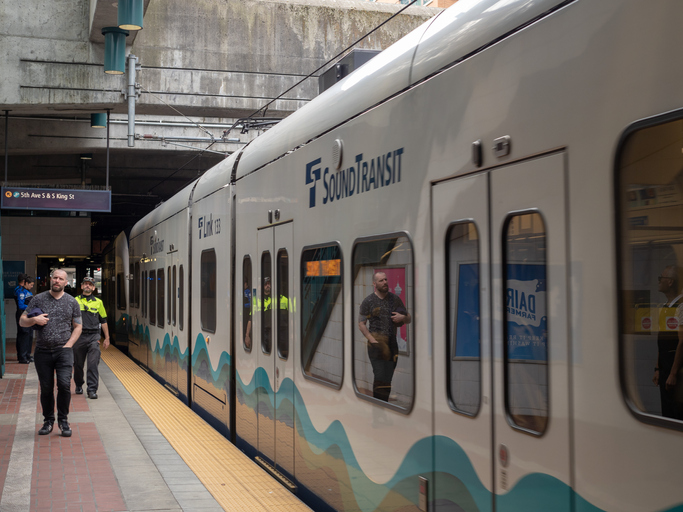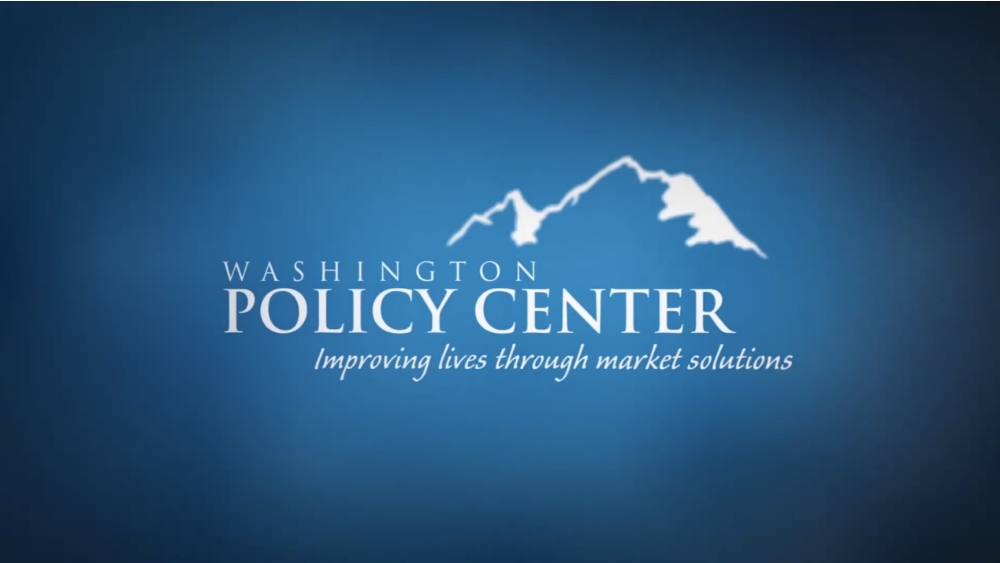Related Articles
As Seattle's proposed light-rail and monorail lines suffer from cost overruns and revenue shortfalls, a look at transit ridership in other regions with rail transit reveals that the Puget Sound area would be better off sticking with busses. Over the past two decades, overall transit ridership has declined in nearly two out of three regions with rail transit.
By comparison, numerous regions that rely on bus transit have seen huge increases in transit ridership at a relatively low cost. Austin, Las Vegas and Raleigh, for example, have all seen transit ridership grow much faster than driving.
The cost of starting a rail transit line can be fifty to one hundred times greater than the cost of starting comparable bus service. Rail also costs more to operate. Rail’s high costs present a triple threat to regions and transit riders.
First, rail transit tends to suffer huge cost overruns, partly because rail proponents often low-ball costs to get their projects approved. According to a study published in the Journal of the American Planning Association, U.S. rail transit overruns average 41 percent.
Cost overruns threaten transit riders when they force transit agencies to increase bus fares and reduce bus service. Los Angeles started building rail transit in 1985 and experienced huge overruns. Ten years later, it had lost nearly 20 percent of its transit riders and the NAACP sued the region's transit agency for cutting bus service to low-income minority neighborhoods in order to pay for rail construction to mostly white middle-class neighborhoods.
Recessions present a second threat to transit agency that have gone heavily into debt to pay for rail construction, something they do not need to do to buy buses. If a recession reduces the tax revenues that support a bus agency by 10 percent, the agency might have to cut bus service by 10 percent.
If half of a transit agency's costs are debt service for rail construction, however, a 10 percent decrease in revenues could force a 20 percent cut in service. San Jose suffered such a financial crisis in the recent recession and lost a third of its transit riders in the last three years.
The third threat to transit systems comes when it is time to rebuild the rail lines. Rails, roadbeds, railcars, power facilities, stations, elevators and other equipment all must be rebuilt or replaces every twenty or thirty years. Washington D.C.'s expensive subway system is facing a imminent financial crisis because the agency needs nearly as much money to rebuild the system over the next decade as it originally spent to build it, yet it has no funds to do so.
Of the twenty-three cities nationwide with rail transit, fourteen of them experienced declining transit ridership over the past two decades. In most cases, the reasons for the decline can be traced to one or more of these three financial problems.
Six other cities with rail transit have seen ridership grow, but it has not kept up with the growth in driving. Moreover, in Portland, Dallas and Salt Lake City bus ridership was growing faster before rail construction began than transit ridership has grown since the rail lines opened.
Rail advocates claim rail transit will reduce congestion and air pollution and save energy. Yet it cannot do any of these things if high-cost rail construction reduces overall transit ridership, or slows ridership growth below that attained when an urban region uses only buses.
Rail supporters also argue that rail transit promotes economic development and increases property values. Yet a study published by the Federal Transit Administration found that "urban rail transit investments rarely 'create' new growth." Any increase in property values near the rail line, said the study, was balanced by decreases somewhere else in the region.
The idea of gliding to work in a high-speed train is very seductive. But as the humor newspaper The Onion points out, most American want other people to ride transit so they can drive on uncongested roads. Most rail transit lines average only about 20 to 25 miles per hour, and since they are so expensive to build they do not go where most people want to go anyway.
Rail transit fattens the wallets of rail contractors who can make campaign contributions to powerful elected officials. But if transit agencies truly want to improve transit in their regions, they should rely on fast, flexible and low-cost buses.


